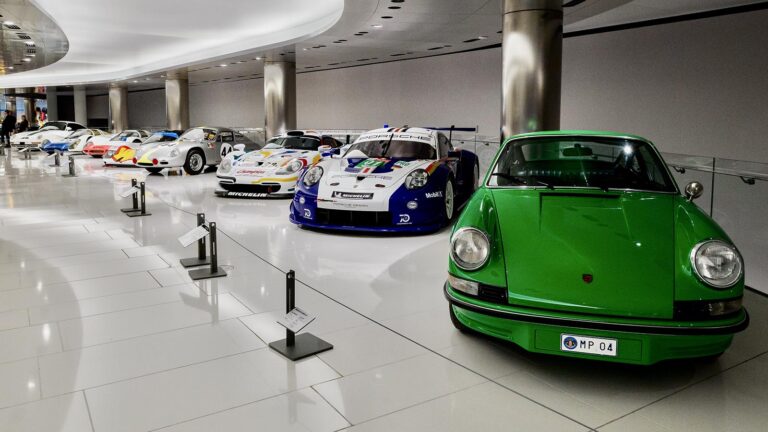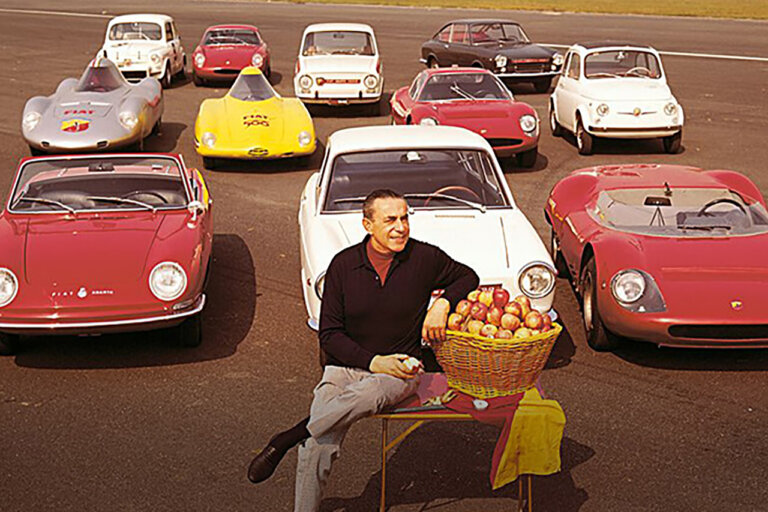
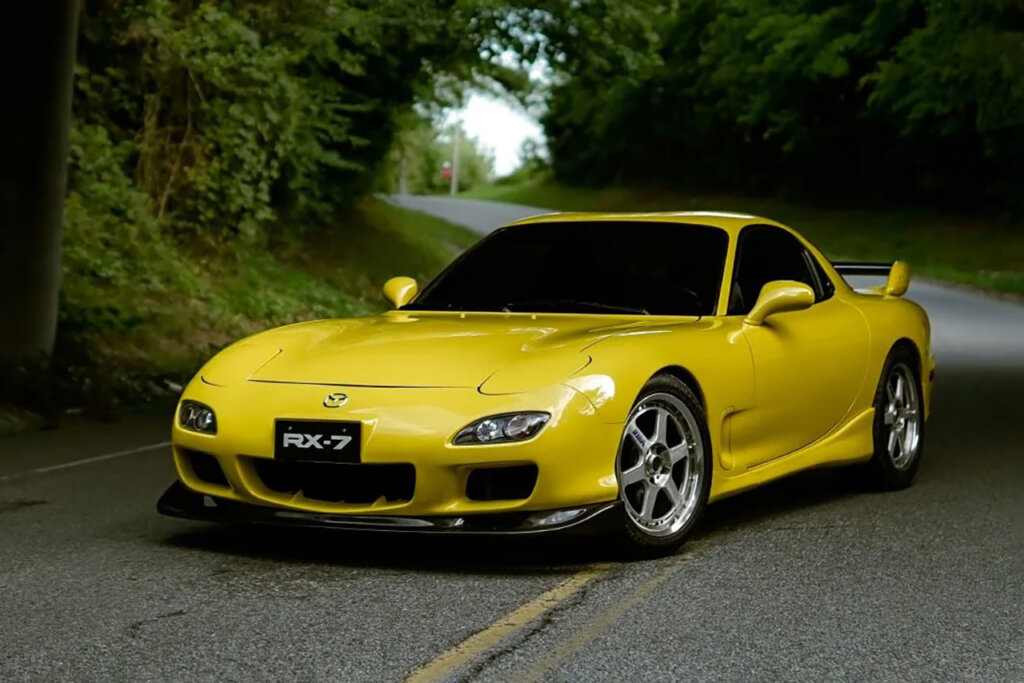
Mazda has always been known for producing unique and high-performing sports cars. One of the most iconic models they have ever produced is the Mazda RX7, a compact sports car that became popular due to its combination of power and agility. The RX7 has gone through several generations, and the FC and FD are two of the most popular and widely recognized.

So what’s the difference between the Mazda RX7 FC and FD? We’ll taking a closer look at their design, performance, and overall driving experience, and by the end of this article you will have a better understanding of what sets these two models apart.
The Mazda RX7 FC and RX7 FD both have a sleek and sporty design that is instantly recognizable. The FC, which was produced from 1985 to 1991, has a more boxy and angular design compared to the FD. The FC’s sharp edges and pop-up headlights give it a more aggressive look, while the FD’s smooth curves and sleek lines make it look more refined and elegant.
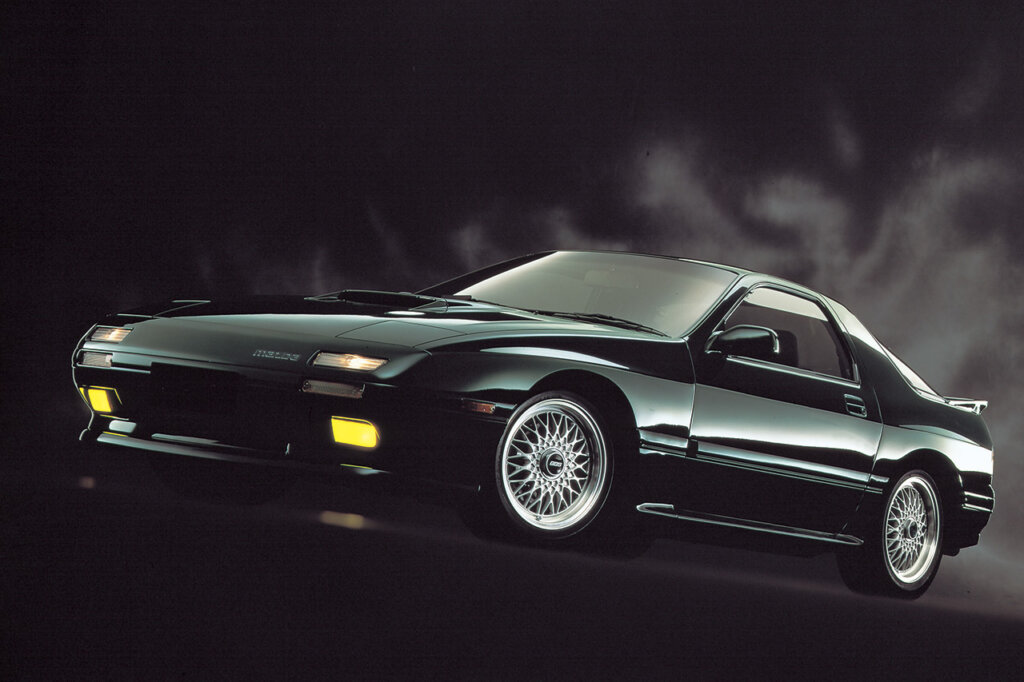
Source: Mazda
| Trim | Production | Engine | Power | Transmission | Drivetrain |
| FC3S(Coupe) & FC3C (Convertible) | 1985 – 1992 | 1.3L 13B Twin-rotor | 144 – 178 HP / 146 – 180 PS / 107 – 118 kW | 5-Speed Manual 4-Speed Automatic | RWD |
| FC3S(Coupe) & FC3C (Convertible) | 1985 – 1992 | 1.3L 13B-T Turbo Twin-rotor | 183 – 198 HP / 185 – 200 PS / 136 – 147 kW | 5-Speed Manual 4-Speed Automatic | RWD |
The RX7 FD, which was produced from 1992 to 2002, is often considered to be the more visually appealing of the two. The FD’s design is a clear departure from the FC’s angular body, with its more rounded and aerodynamic shape. The FD also has more modern features such as flush headlights, which gives it a more contemporary look.
In terms of interior design, both the FC and FD have a similar layout with a driver-focused cockpit and a simple yet functional dashboard. However, the FD’s interior is more refined and luxurious, with better materials and a more modern design.
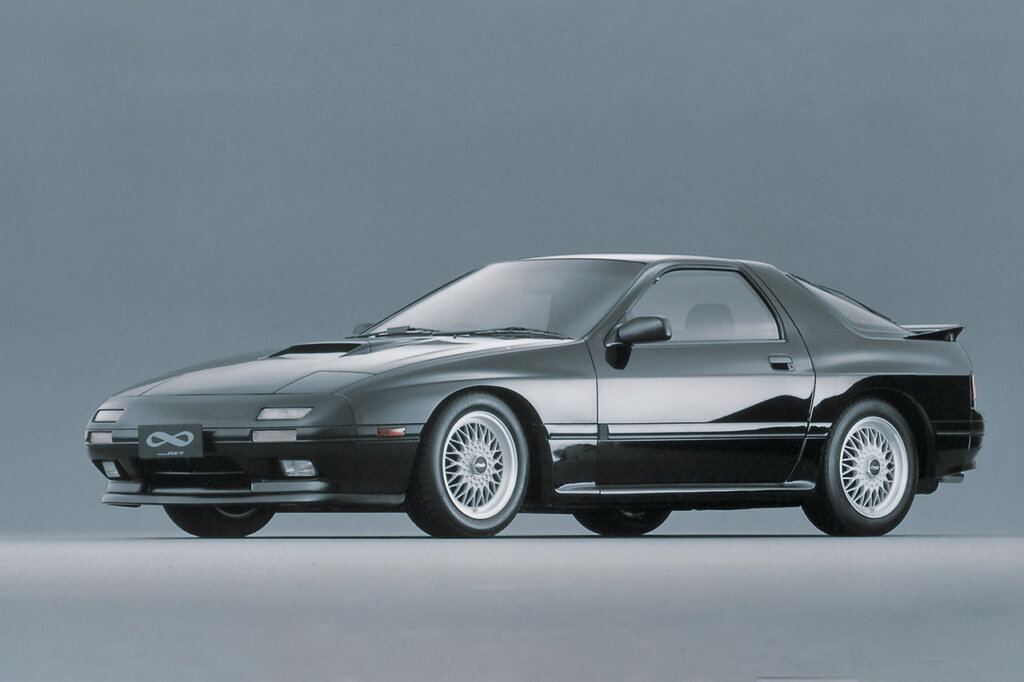
Source: Mazda
When it comes to performance, both the Mazda RX7 FC and RX7 FD are high-performing sports cars, but there are some key differences between the two. The RX7 FC is powered by a turbocharged 1.3-liter rotary engine that produces around 200 horsepower. This engine is paired with a five-speed manual transmission that provides a quick and responsive driving experience. The FC is also relatively lightweight, weighing in at around 2,800 pounds, which gives it excellent handling and agility.


